Home>Furniture>Outdoor Furniture>How To Clean Rust Off Patio Furniture
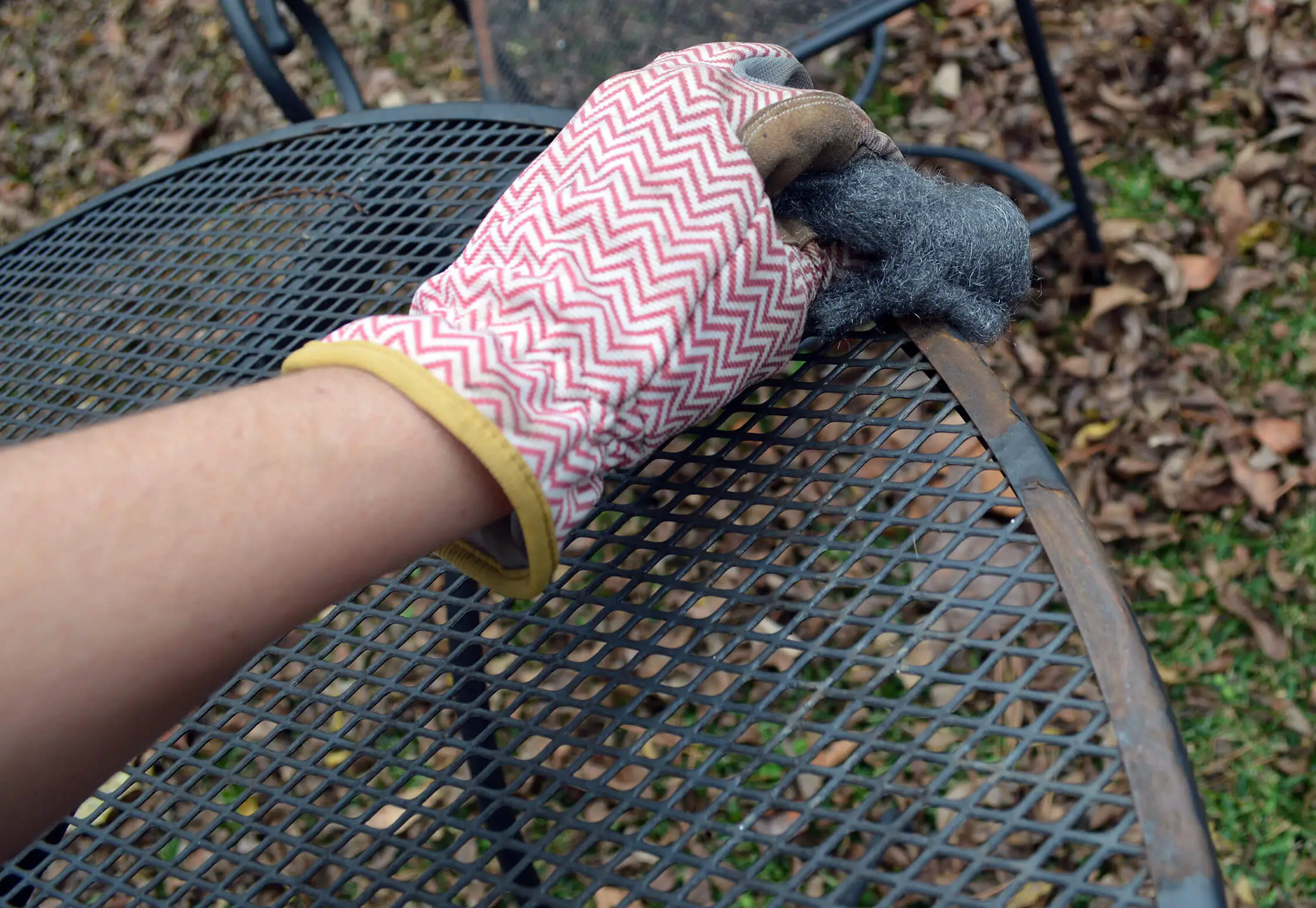

Outdoor Furniture
How To Clean Rust Off Patio Furniture
Modified: August 28, 2024
Learn how to effectively remove rust from your outdoor furniture with these simple and practical cleaning methods. Keep your patio furniture looking clean and rust-free!
(Many of the links in this article redirect to a specific reviewed product. Your purchase of these products through affiliate links helps to generate commission for Storables.com, at no extra cost. Learn more)
Introduction
Welcome to our guide on how to clean rust off patio furniture! If you’re a proud owner of outdoor furniture, you know how important it is to keep it looking clean and well-maintained. Unfortunately, one common issue that can affect the aesthetic appeal and structural integrity of your patio furniture is the development of rust.
Rust occurs when metal surfaces are exposed to moisture and oxygen over time. This combination leads to the formation of iron oxide, resulting in the brownish-red discoloration commonly associated with rust. Not only does rust make your patio furniture appear unsightly, but it can also weaken the metal, making it more susceptible to further damage.
Removing rust from your patio furniture is not only essential for aesthetics but also for the longevity of the furniture itself. In this guide, we will walk you through step-by-step instructions on how to effectively clean rust off your patio furniture, as well as provide you with alternative methods and prevention tips for keeping rust at bay.
But before we dive into the cleaning process, let’s take a closer look at some of the common causes of rust on patio furniture, so you can better understand how to prevent it in the future.
Key Takeaways:
- Say goodbye to rust on your patio furniture by following our step-by-step guide. Gather supplies, scrub away rust, and apply protective coatings to keep your outdoor space looking vibrant and rust-free!
- Prevent rust on your patio furniture with simple tips like using rust-resistant materials, applying protective coatings, and regular cleaning. Enjoy your outdoor furniture for years to come with these easy preventive measures!
Read more: How To Get Rust Off Metal Patio Furniture
Common Causes of Rust on Patio Furniture
Rust can be a frustrating problem for patio furniture owners, but understanding the common causes can help you prevent it from occurring in the first place. Here are some of the primary factors that contribute to the development of rust on outdoor furniture:
- Moisture: Exposure to rain, dew, or humidity can accelerate the rusting process. If your patio furniture does not have proper protection or is made of materials susceptible to moisture damage, such as untreated metal or iron, it is more likely to develop rust.
- Scratches and Chipped Paint: When the protective coating or paint on your patio furniture becomes damaged or worn, it exposes the underlying metal to the elements. Water can seep into these cracks and scratches, promoting rust formation.
- Improper Storage: If you leave your patio furniture exposed to harsh weather conditions, such as heavy rain or snow, for prolonged periods without proper covering or storage, it increases the chances of rust development.
- Saltwater or Chlorine Exposure: If you have a pool or live near the coast where your patio furniture is regularly exposed to saltwater or chlorine, it can accelerate the rusting process. These substances contain corrosive elements that can cause metal to rust more quickly.
- Environmental Factors: Certain environmental conditions, such as high levels of humidity, air pollution, or acidic rain, can contribute to rust formation on your patio furniture.
It’s important to keep these causes in mind to prevent rust from becoming a recurring issue on your outdoor furniture. By addressing these factors and implementing preventive measures, you can significantly prolong the lifespan of your patio furniture and maintain its appearance and functionality.
Supplies Needed for Cleaning Rust
Before you begin the process of removing rust from your patio furniture, it’s important to gather the necessary supplies. Here are the key items you will need:
- Protective Gear: Safety should always come first when working with rust removal chemicals. Make sure to have gloves, safety goggles, and a face mask to protect your skin, eyes, and respiratory system.
- Rust Remover Solution: There are several commercially available rust remover solutions that are specifically designed to dissolve rust and restore metal surfaces. Look for products that are safe for the material of your patio furniture and follow the instructions on the label.
- Wire Brush: A wire brush with stiff bristles is essential for scrubbing away loose rust particles from the surface of your furniture. Look for a brush that is suitable for the material of your furniture and can effectively reach all the nooks and crannies.
- Sandpaper or Steel Wool: Depending on the severity of the rust, you may need to use sandpaper or steel wool to smooth out the surface and remove any remaining rust or corrosion. Choose appropriate grit sandpaper or steel wool based on the material and condition of your furniture.
- Bucket and Water: A bucket filled with water will be useful for rinsing off the rust remover solution and cleaning the furniture during the process.
- Cloth or Sponge: To wipe down and dry the furniture after the cleaning process, have a soft cloth or sponge ready.
- Protective Coating: Once you have successfully removed the rust from your patio furniture, it’s crucial to apply a protective coating to prevent future rusting. This could be a paint or specialized rust-resistant sealant depending on the material of your furniture.
By having these supplies on hand, you will be well-equipped to tackle the rust removal process and restore the beauty and functionality of your patio furniture. Remember to read and follow the instructions on the rust remover solution and any other products you use for cleaning and protection.
Step-by-Step Guide to Cleaning Rust Off Patio Furniture
Now that you have gathered all the necessary supplies, let’s walk through the step-by-step process of cleaning rust off your patio furniture:
- Prepare the Work Area: Choose a well-ventilated outdoor space to work in. Lay down a drop cloth or old newspapers to protect the surrounding area from any rust remover solution or debris.
- Put on Protective Gear: Prioritize your safety by wearing gloves, safety goggles, and a face mask to protect yourself from the chemicals and rust particles.
- Remove Loose Rust: Use a wire brush to scrub away any loose rust particles from the surface of your furniture. Focus on areas where rust is concentrated, such as joints, corners, and edges. Sweep away the loose rust with a brush or cloth.
- Apply Rust Remover Solution: Follow the instructions provided by the rust remover solution manufacturer. Apply the product to the rusted areas of your furniture, ensuring complete coverage. Allow the solution to sit on the surface for the specified time.
- Scrub and Rinse: Use a wire brush or sponge to thoroughly scrub the rusty areas, working in a circular motion. Rinse the furniture with water from a bucket to remove the rust remover solution and any loosened rust particles.
- Repeat if Necessary: If there are stubborn rust stains remaining, repeat the process of applying the rust remover solution, scrubbing, and rinsing until the desired results are achieved.
- Dry the Furniture: Use a clean cloth or sponge to dry the furniture thoroughly, ensuring that no moisture is left behind, as it can lead to future rust development.
- Smooth the Surface: If there are any rough or uneven areas on the furniture, use sandpaper or steel wool to gently smooth the surface. This will help remove any remaining rust or corrosion.
- Apply Protective Coating: Once the furniture is completely dry, apply a protective coating such as paint or a rust-resistant sealant to prevent future rusting. Follow the instructions on the product label carefully and allow sufficient drying time.
Following these step-by-step instructions will help you effectively remove rust from your patio furniture and ensure its longevity and visual appeal. Remember to work in a well-ventilated area, and dispose of any chemicals or materials according to local regulations.
Use a mixture of equal parts white vinegar and water to scrub the rust off your patio furniture. Let it sit for a few hours before scrubbing with a brush and rinsing off.
Alternative Methods for Removing Rust
In addition to using commercial rust remover solutions, there are alternative methods you can try to remove rust from your patio furniture. These methods utilize common household items and natural ingredients. Here are a few alternatives to consider:
- Vinegar: Vinegar is a versatile and readily available household item that can effectively dissolve rust. Soak a cloth or sponge in white vinegar and apply it to the rusted areas. Allow it to sit for a few hours or overnight, then scrub the rust away with a wire brush or steel wool. Rinse and dry the furniture thoroughly.
- Lemon Juice and Salt: Create a paste by mixing lemon juice and salt to form a powerful rust-removing combination. Apply the paste to the rusted areas and let it sit for a few hours. Scrub the area with a brush or sponge, then rinse and dry the furniture.
- Baking Soda: Baking soda is another effective natural remedy for removing rust. Create a paste by mixing baking soda with water until it forms a thick consistency. Apply the paste to the rusted areas and let it sit for a few hours. Scrub the rusted areas with a brush or sponge, then rinse and dry the furniture.
- Coca-Cola: Believe it or not, the carbonation and phosphoric acid present in Coca-Cola can help break down rust. Pour Coca-Cola onto the rusted areas and let it sit for a few hours. Scrub with a brush, then rinse and dry the furniture.
- Potato and Dish Soap: Cut a potato in half and dip it in dish soap. Rub the cut side of the potato onto the rusted areas, allowing the natural acids in the potato to dissolve the rust. Scrub with a brush or sponge, then rinse and dry the furniture.
These alternative methods can be effective in removing rust from your patio furniture. Experiment with different methods to find the one that works best for your specific situation and the material of your furniture. Keep in mind that these methods may require more time and effort compared to commercial rust remover solutions.
If you prefer to use natural ingredients and reduce the use of chemicals, these alternative methods can be a great option. However, it’s important to note that these methods may not be as strong or quick in removing stubborn rust stains. In such cases, commercial rust remover solutions may be necessary.
Read more: How To Fix Rusted Patio Furniture
Preventing Rust on Patio Furniture
Prevention is key when it comes to keeping your patio furniture rust-free. By implementing a few simple strategies, you can significantly reduce the chances of rust developing on your outdoor furniture. Here are some effective tips for preventing rust:
- Invest in Rust-Resistant Materials: When purchasing patio furniture, opt for materials that are inherently rust-resistant, such as aluminum, stainless steel, or treated wrought iron. These materials are designed to withstand outdoor conditions and are less susceptible to rust formation.
- Apply Protective Coatings: Applying a protective coating to your furniture can serve as a barrier against moisture and prevent rust from forming. Use a high-quality outdoor furniture paint or a rust-resistant sealant specifically designed for the material of your furniture.
- Maintain Protective Finishes: Over time, the protective finish on your patio furniture may wear off or become damaged. Regularly inspect your furniture for any signs of flaking paint or worn coatings, and touch up or reapply protective finishes as needed.
- Clean and Dry Regularly: Regular cleaning and drying of your patio furniture is crucial for preventing rust. Remove any dirt, debris, or moisture from the surface of the furniture using a mild cleaning solution and a soft cloth or sponge. Ensure that the furniture is completely dry before covering or storing it.
- Use Furniture Covers: When not in use, protect your patio furniture from the elements by covering it with waterproof, breathable furniture covers. This will prevent moisture from accumulating on the surfaces and minimize exposure to rain or snow.
- Avoid Saltwater Exposure: If you live near the coast, take extra precautions to protect your patio furniture from saltwater exposure. Saltwater can accelerate the rusting process. Consider rinsing your furniture with fresh water after it has been exposed to saltwater.
- Store Indoors During Harsh Weather: If possible, store your patio furniture indoors during extreme weather conditions such as heavy rain, snow, or storms. This will provide extra protection and minimize the risk of rust formation.
- Inspect and Address Damage: Regularly inspect your patio furniture for any signs of damage, such as scratches, chips, or dents. Promptly address any damage by smoothing rough edges, applying touch-up paint, or using protective coatings to prevent rust from starting in these vulnerable areas.
By following these preventive measures, you can ensure that your patio furniture remains free from rust and retains its beauty and durability for years to come. Regular maintenance and care are essential for maximizing the lifespan of your outdoor furniture and keeping it looking its best.
Conclusion
Keeping your patio furniture free from rust is not only important for its aesthetic appeal but also for its longevity and durability. Rust can weaken the structural integrity of your outdoor furniture and diminish its overall value. By following the steps outlined in this guide, you can effectively remove rust from your patio furniture and prevent its recurrence in the future.
Remember to gather the necessary supplies, including protective gear, rust remover solution, wire brush, sandpaper or steel wool, and a protective coating. Take the time to prepare your work area and put on your protective gear before starting the rust removal process. Scrub away loose rust, apply the rust remover solution, scrub and rinse the furniture, and dry it thoroughly. If necessary, repeat the process until the desired results are achieved. Smooth the surface and apply a protective coating to prevent future rusting.
In addition to the step-by-step guide, we’ve also provided alternative methods for removing rust using household items like vinegar, lemon juice, salt, baking soda, or even Coca-Cola. These natural remedies can be effective, although they may require more time and effort compared to commercial rust remover solutions. Choose the method that works best for your specific situation and the material of your furniture.
Prevention is key to avoiding rust on your patio furniture. Invest in rust-resistant materials, apply protective coatings, and maintain the protective finishes on your furniture. Regularly clean and dry your furniture, use furniture covers, and avoid saltwater exposure. If harsh weather is expected, consider storing your furniture indoors. Regularly inspect the furniture for damage and address any issues promptly.
By implementing these preventive measures and properly maintaining your patio furniture, you can enjoy it for years to come without worrying about rust. Remember, regular care and maintenance are essential for preserving your outdoor furniture’s beauty, functionality, and overall value.
So, roll up your sleeves, gather your supplies, and say goodbye to rust on your patio furniture. With proper techniques and preventive measures, you can restore and maintain the vibrancy and longevity of your outdoor space.
Frequently Asked Questions about How To Clean Rust Off Patio Furniture
Was this page helpful?
At Storables.com, we guarantee accurate and reliable information. Our content, validated by Expert Board Contributors, is crafted following stringent Editorial Policies. We're committed to providing you with well-researched, expert-backed insights for all your informational needs.
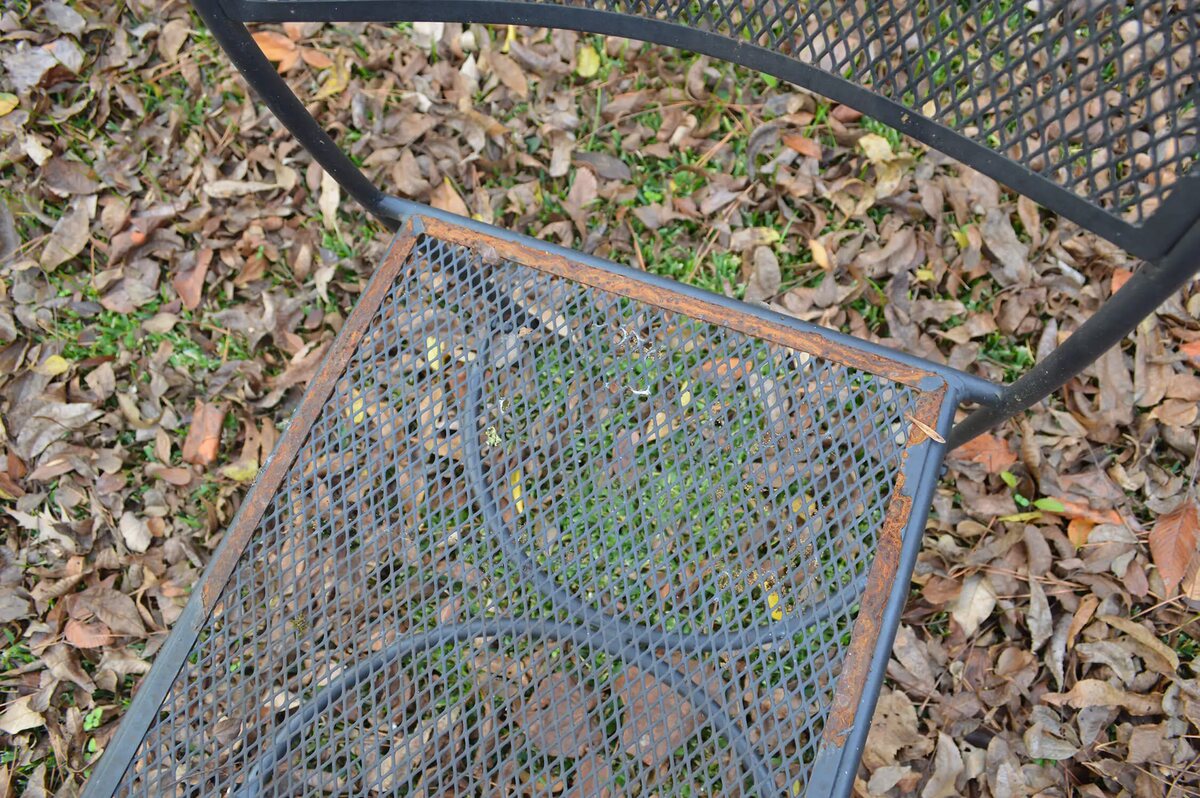
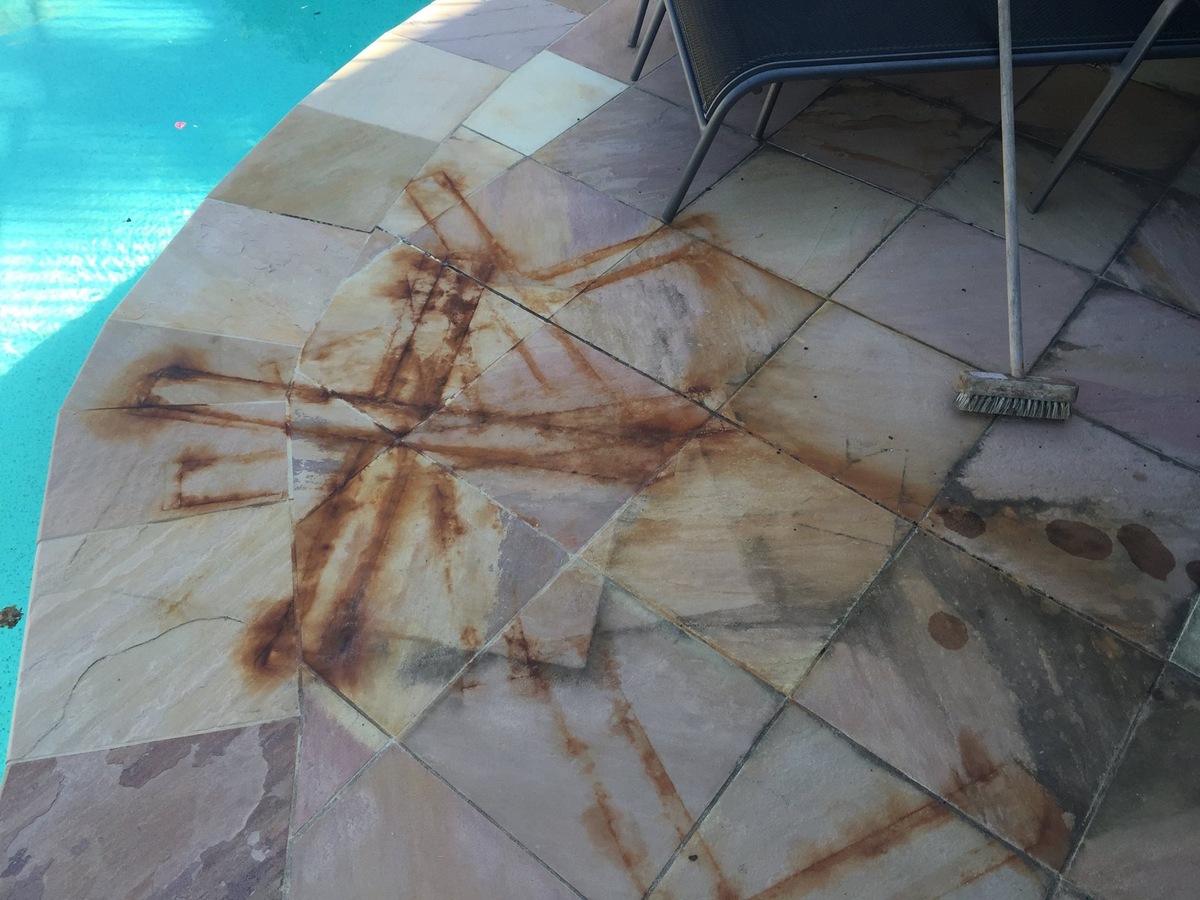
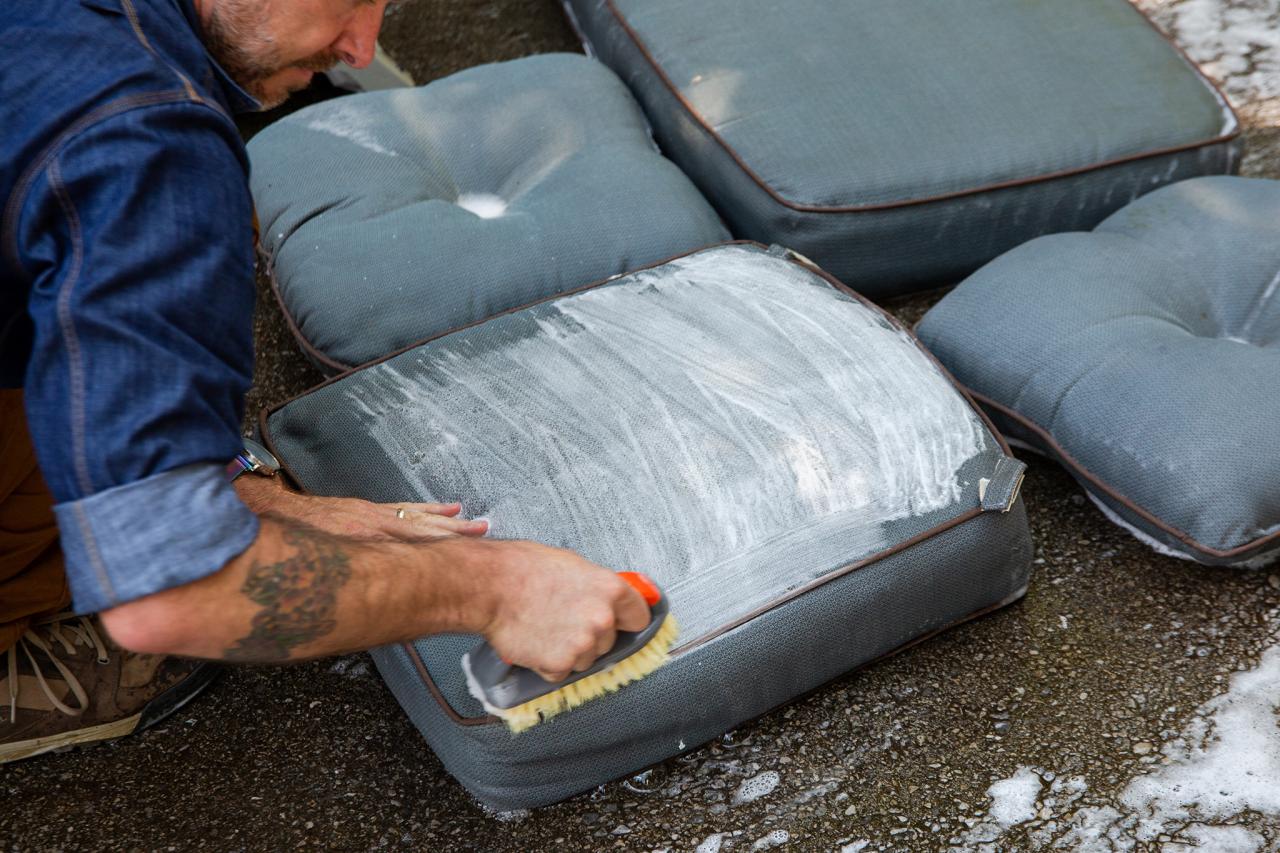
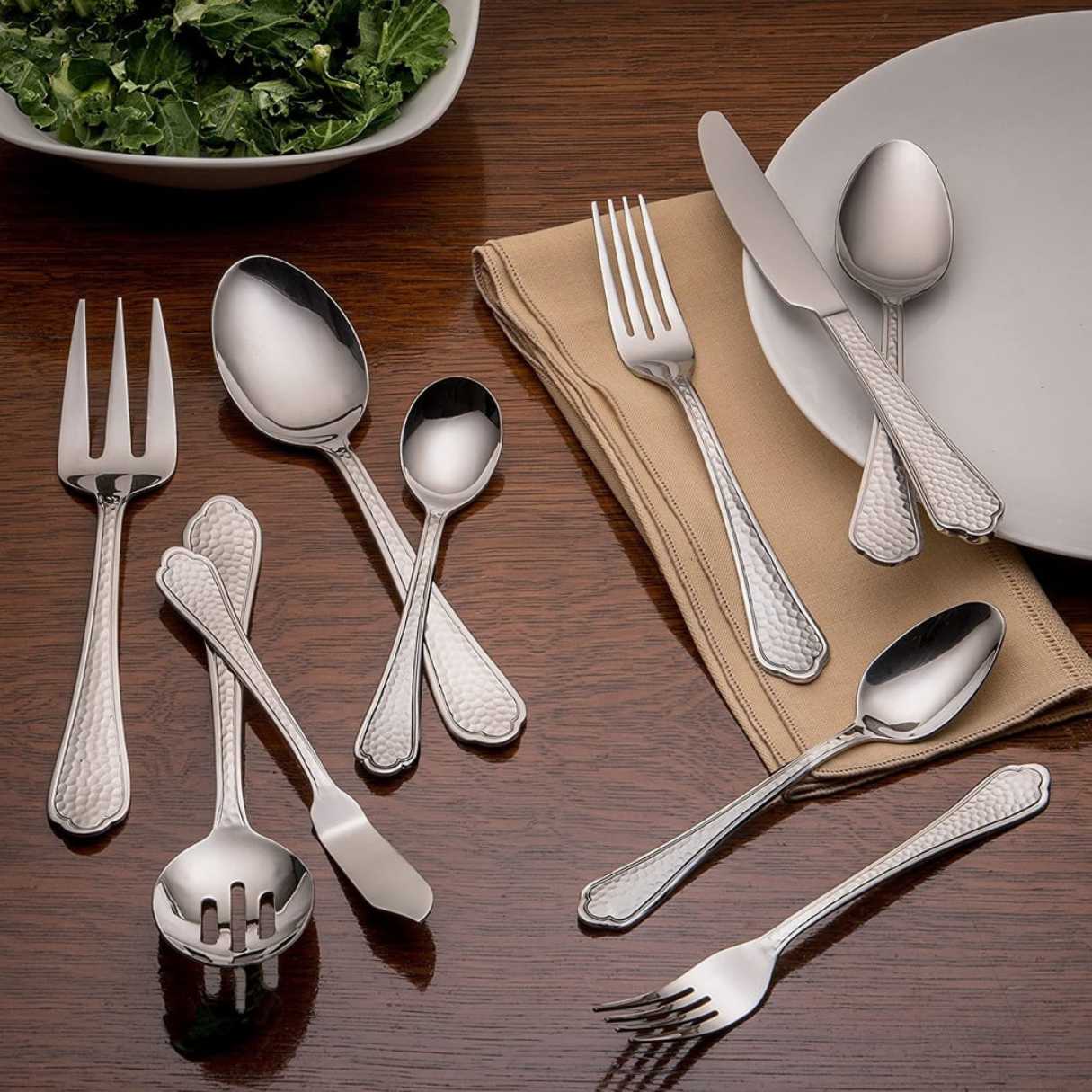
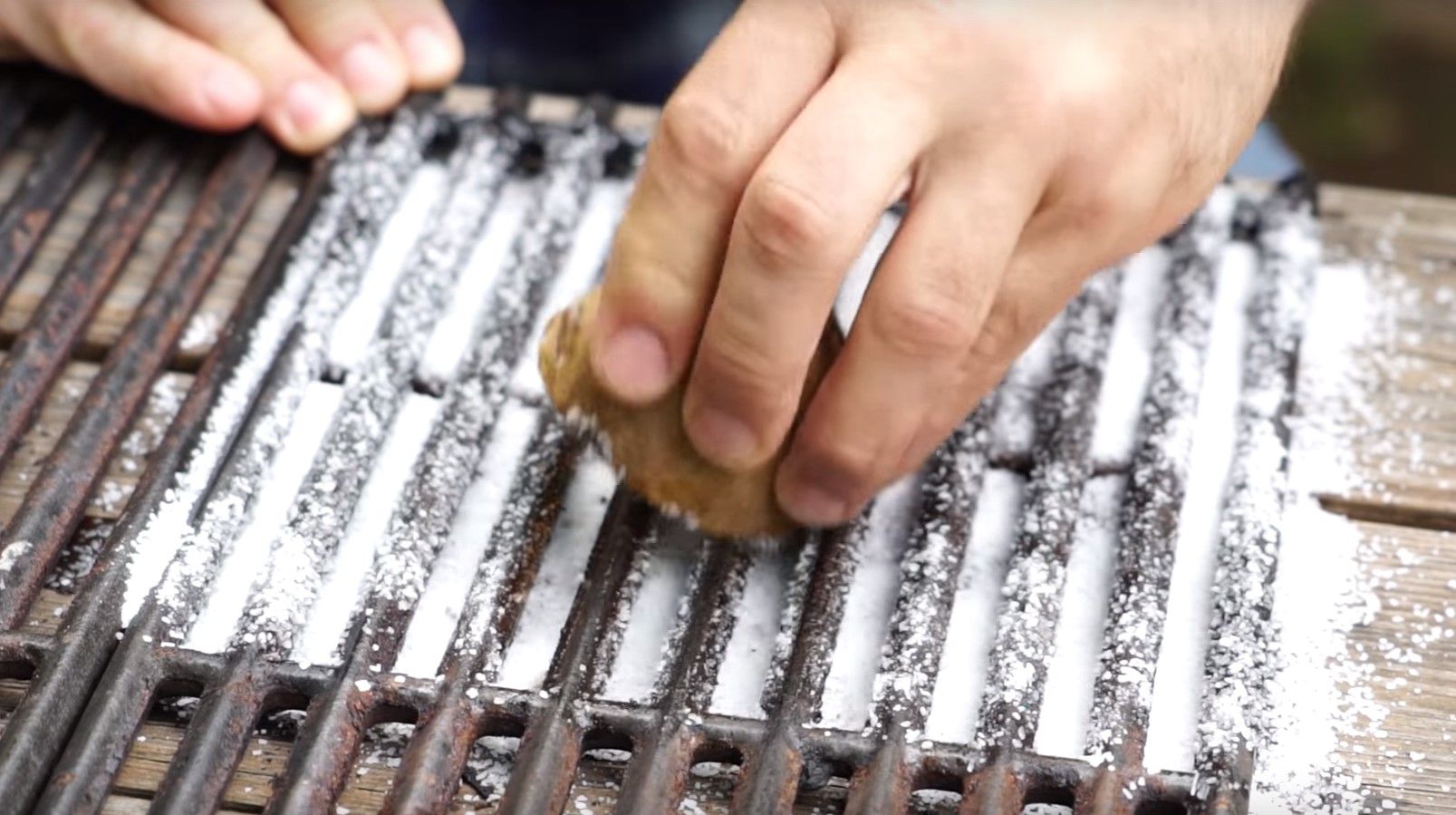
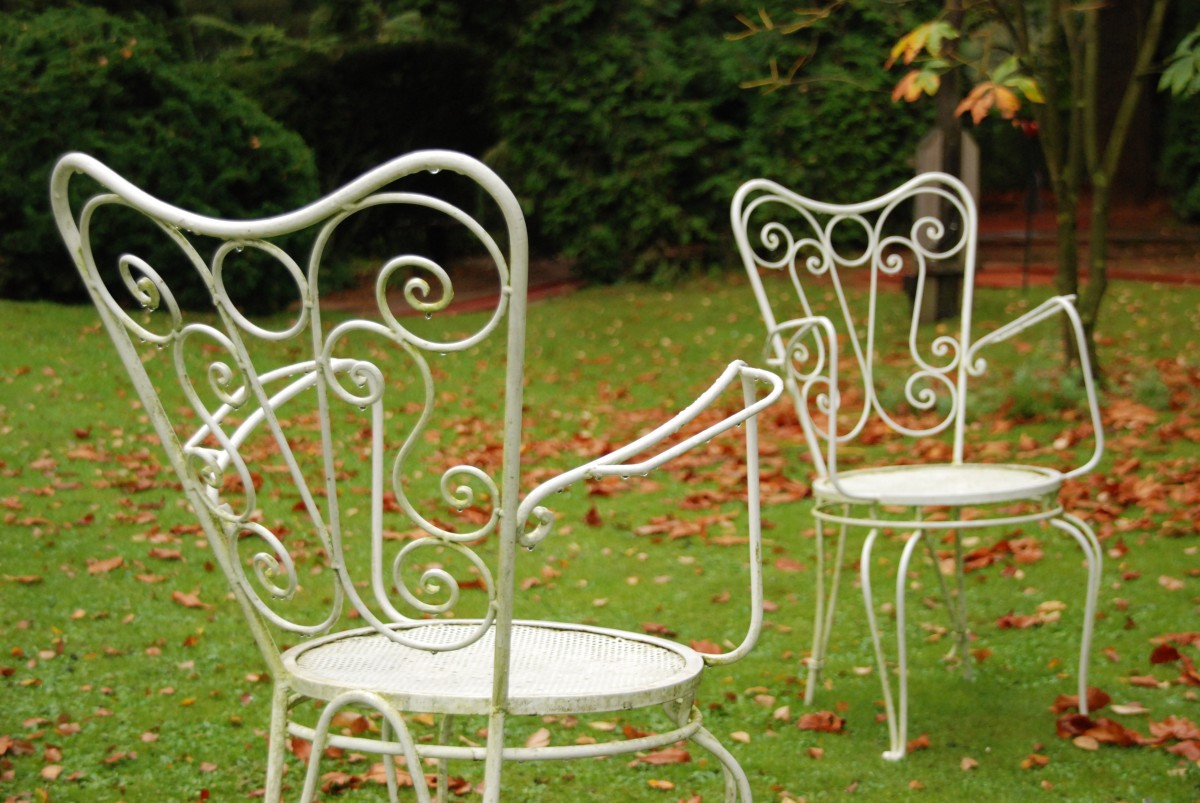
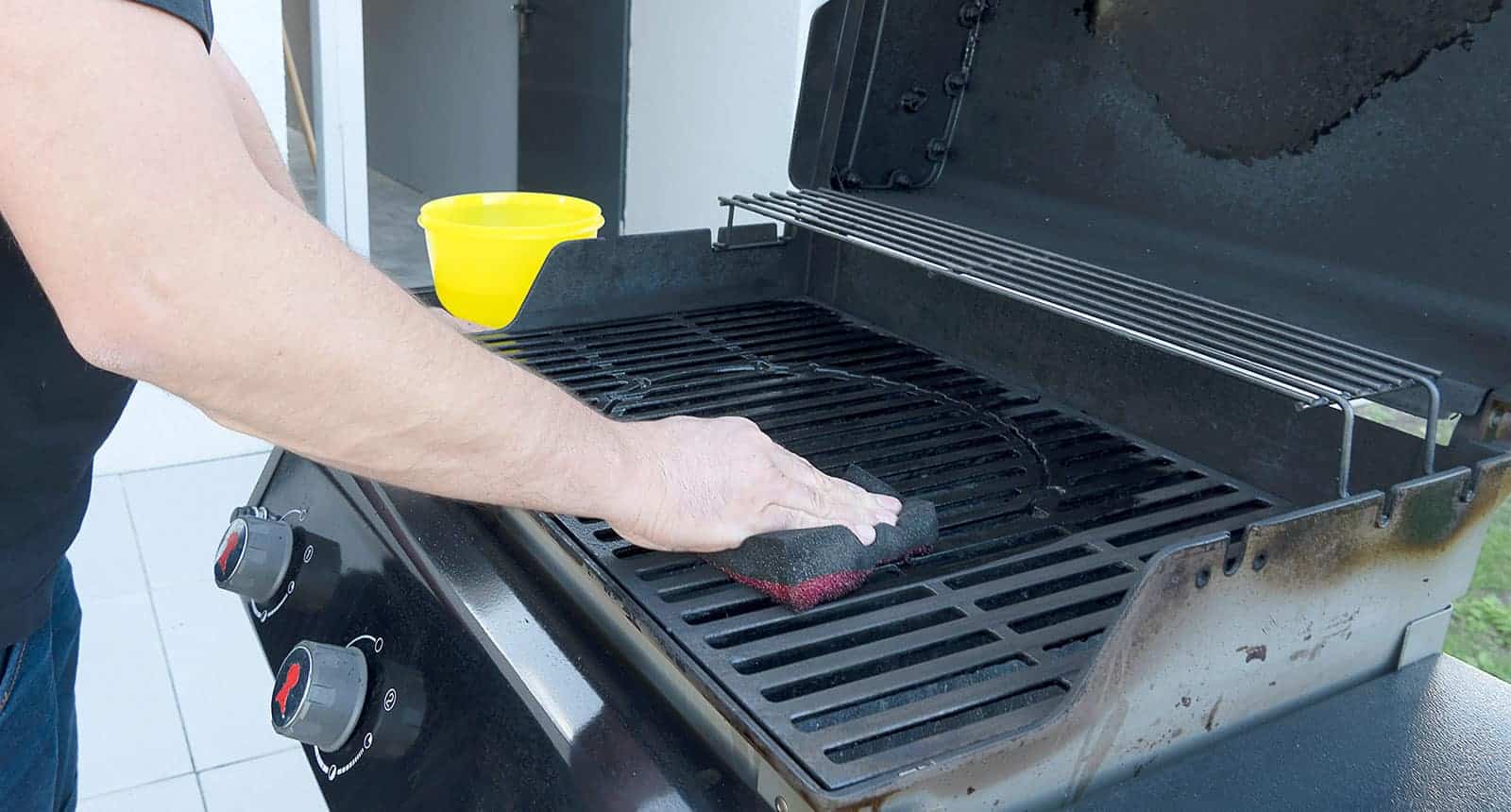
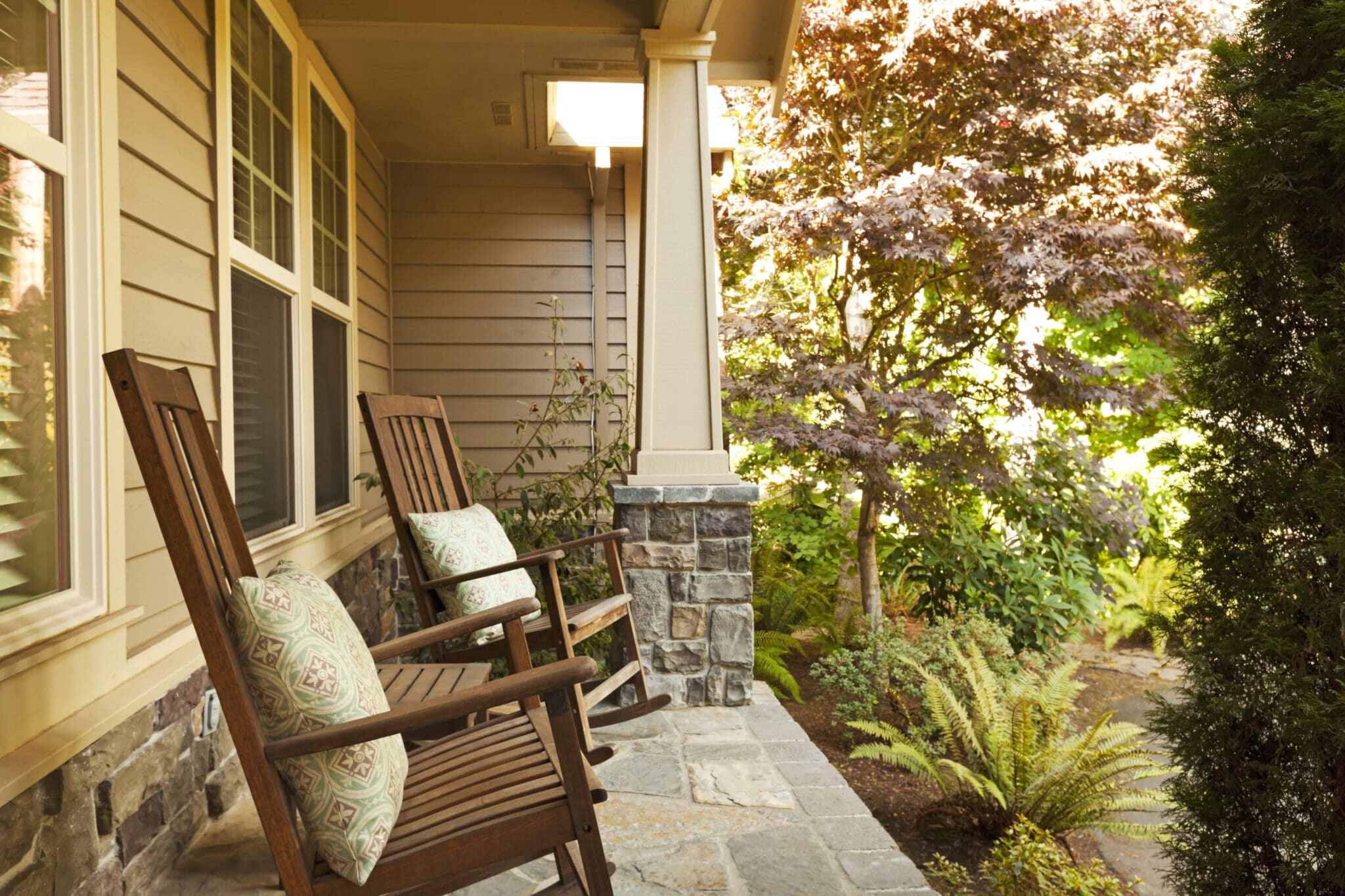
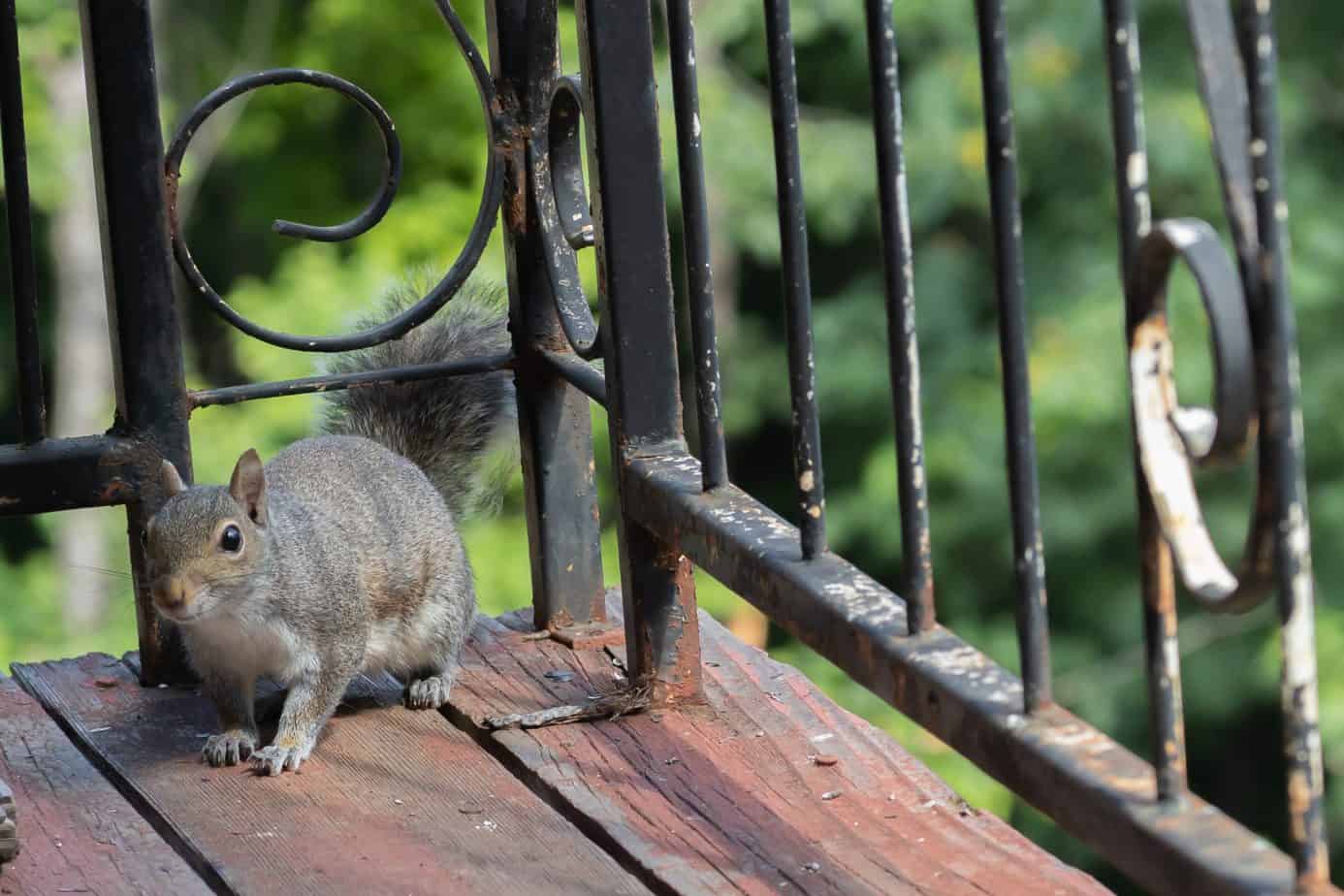
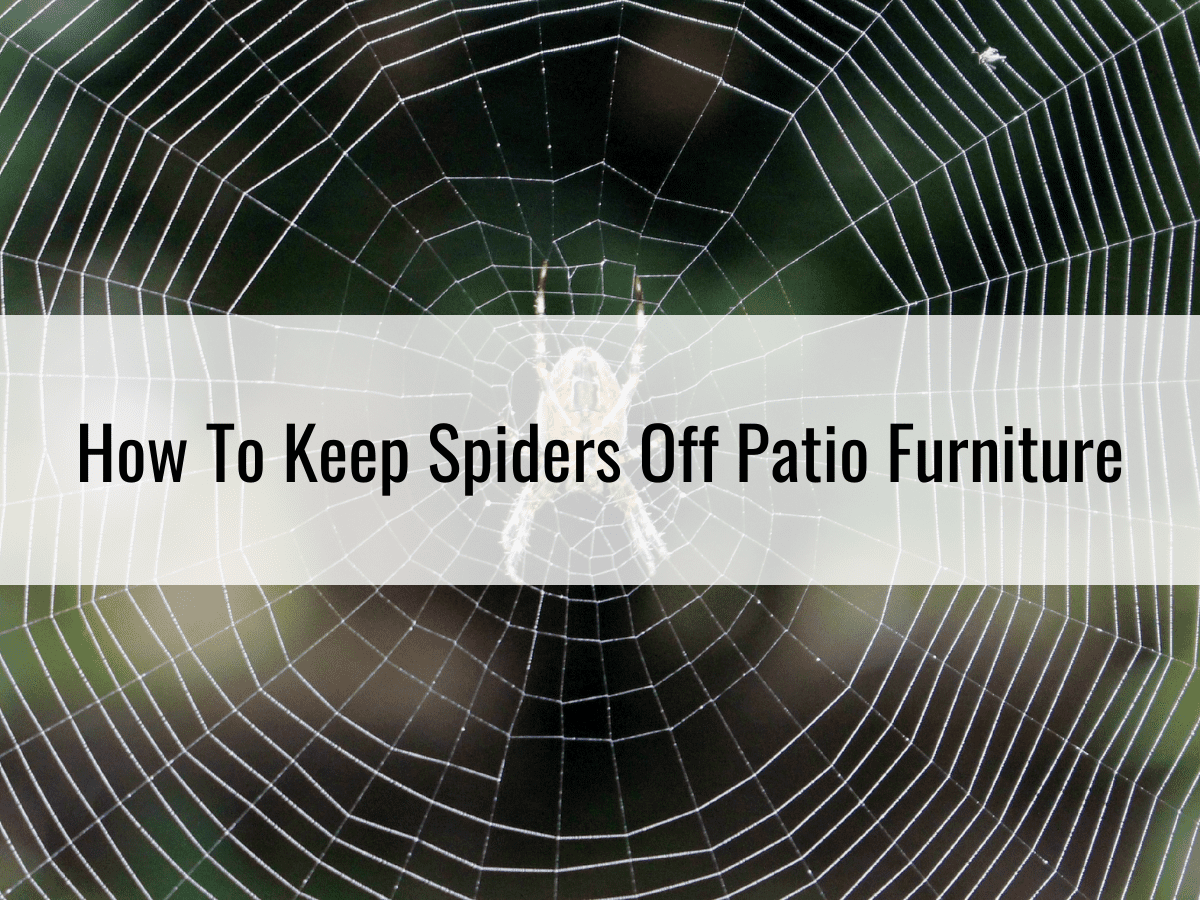
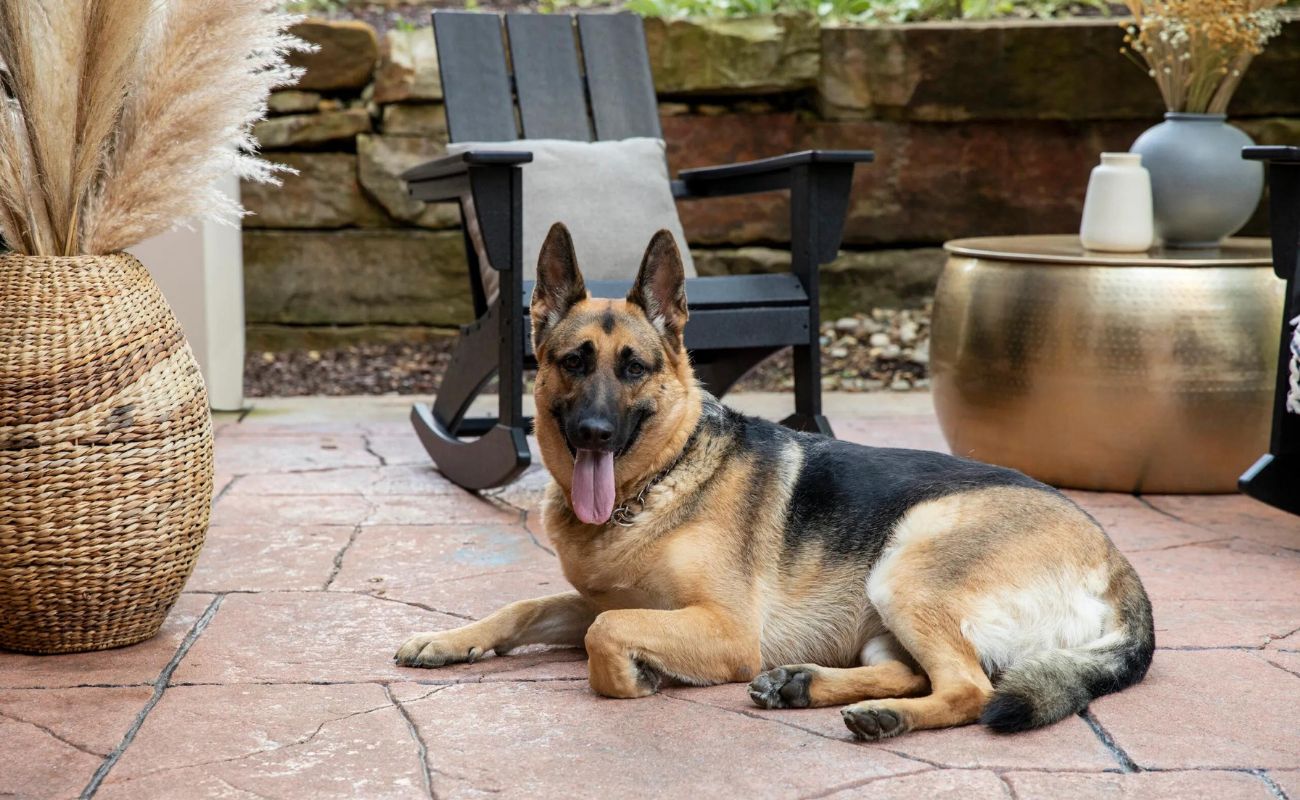
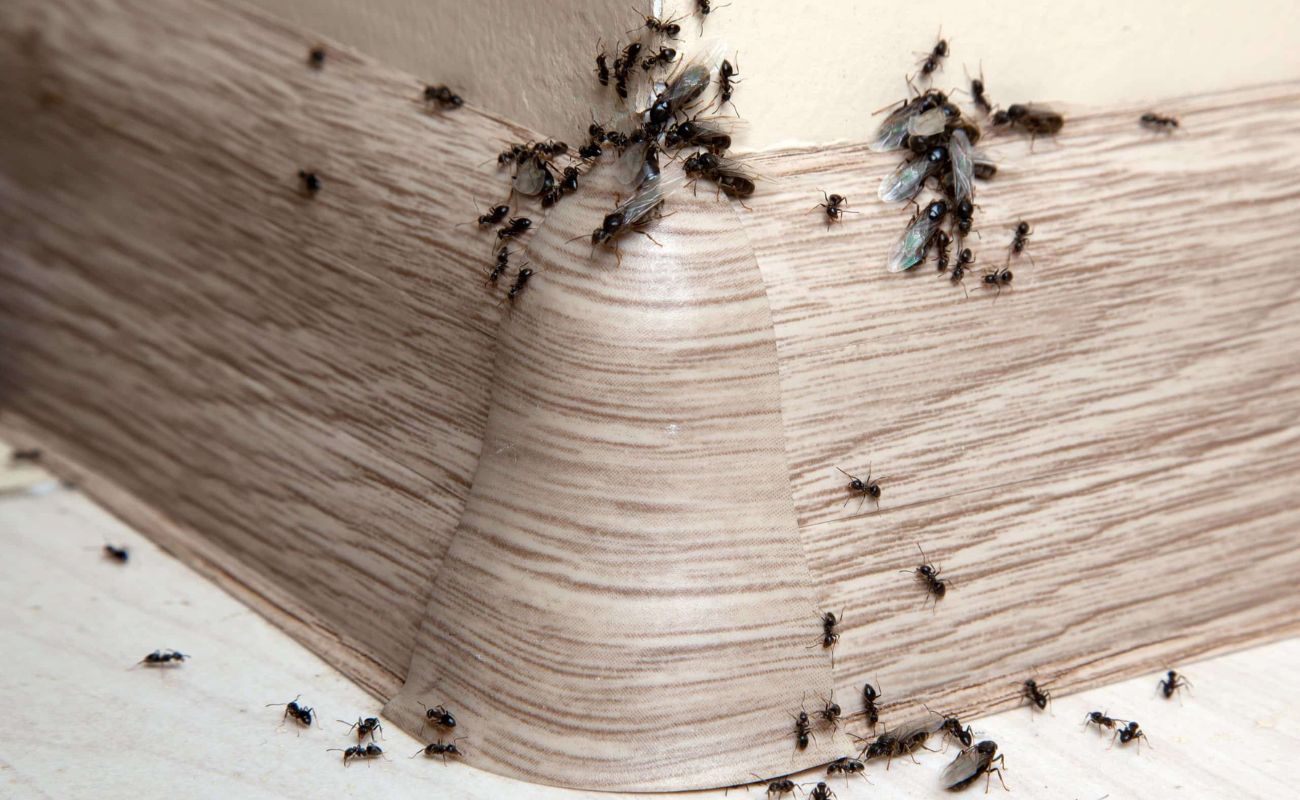
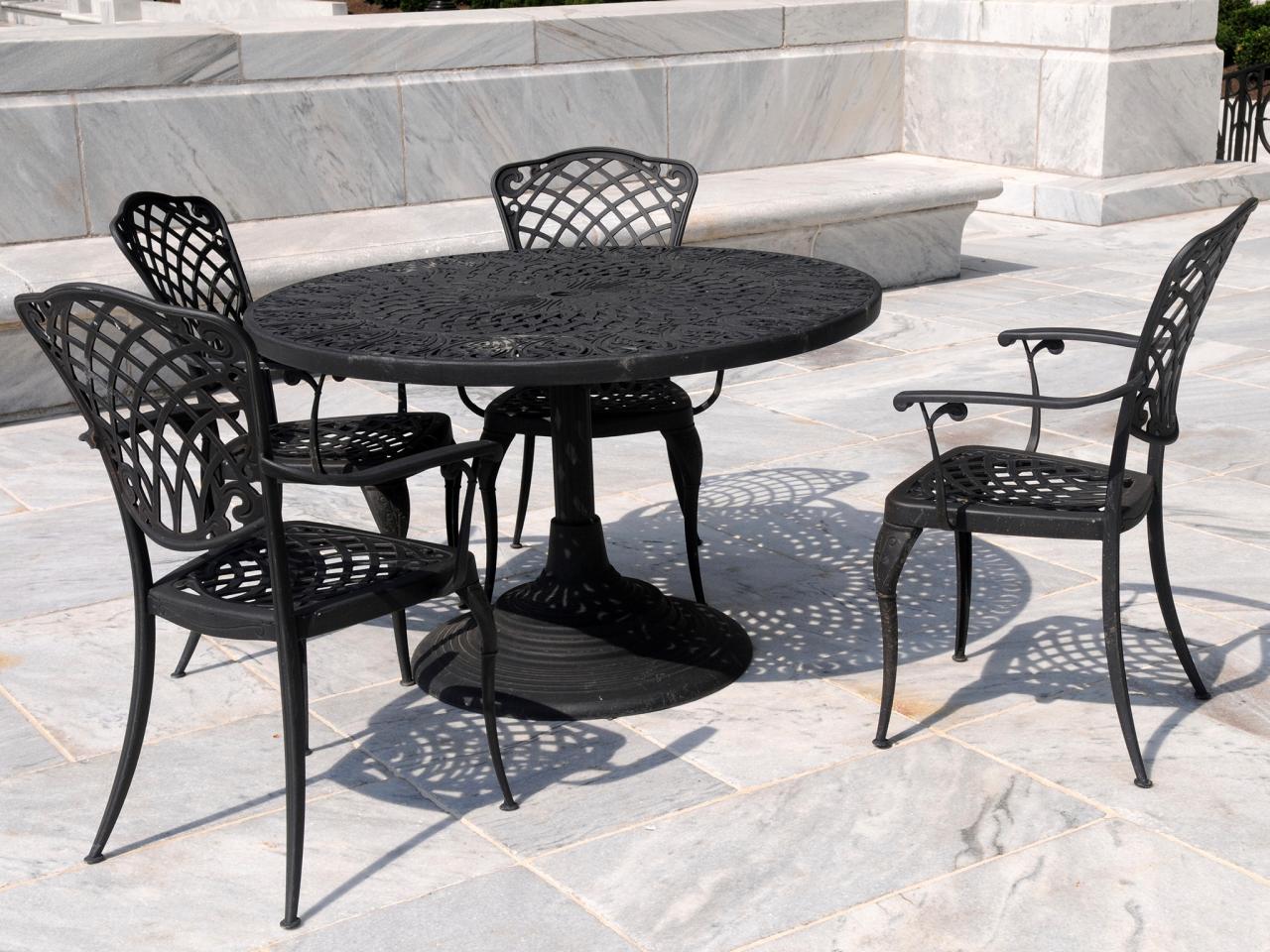


0 thoughts on “How To Clean Rust Off Patio Furniture”